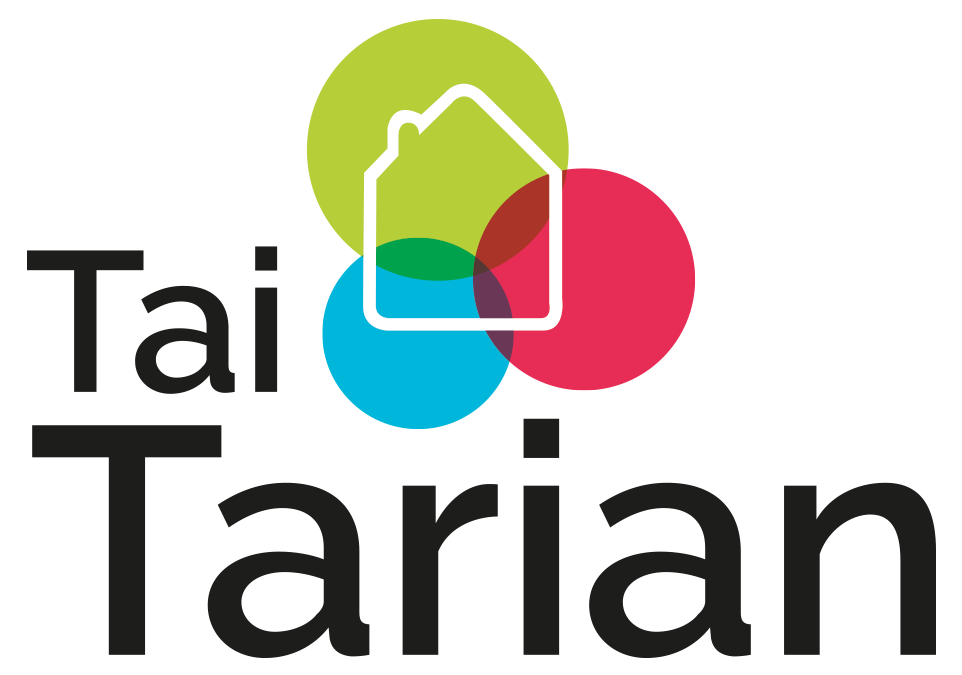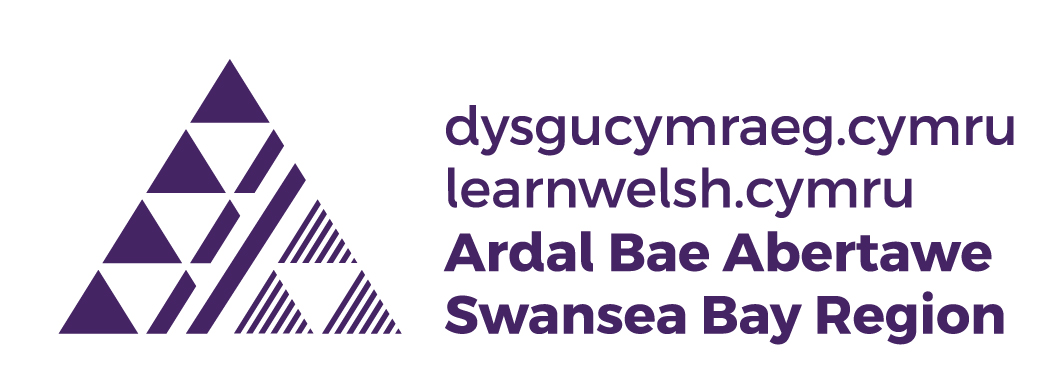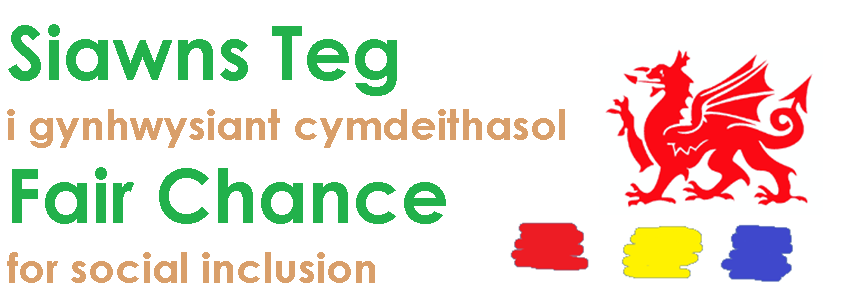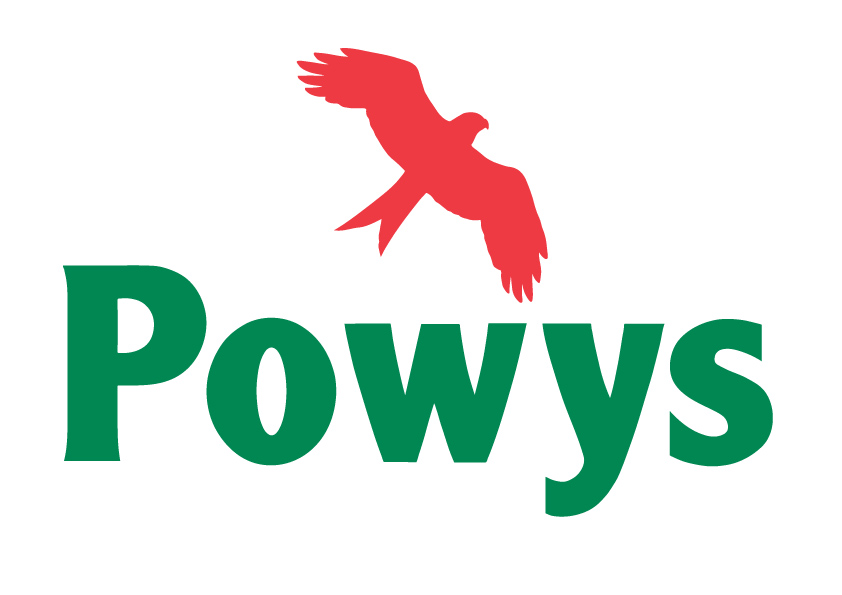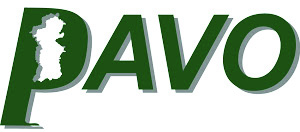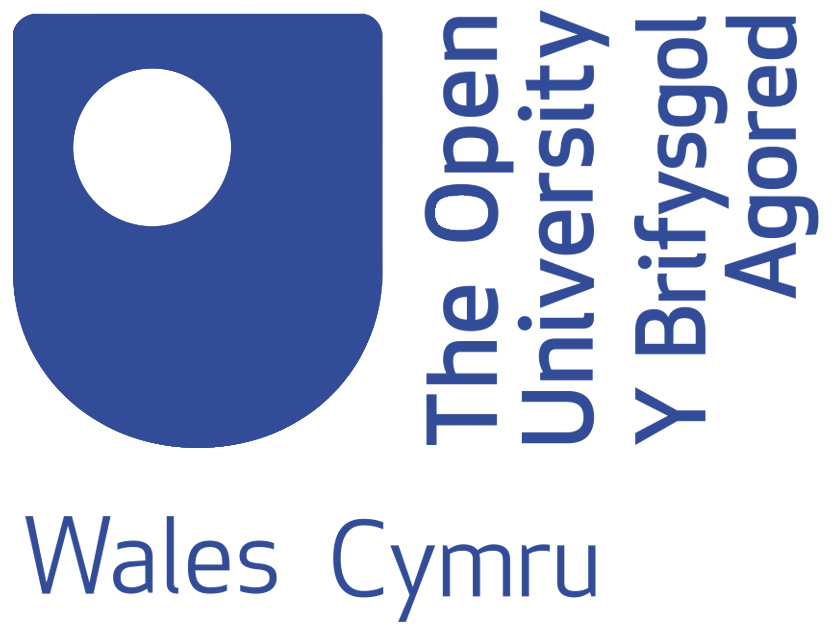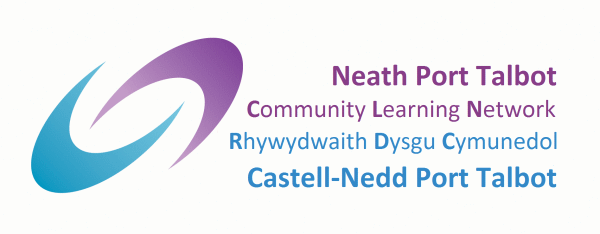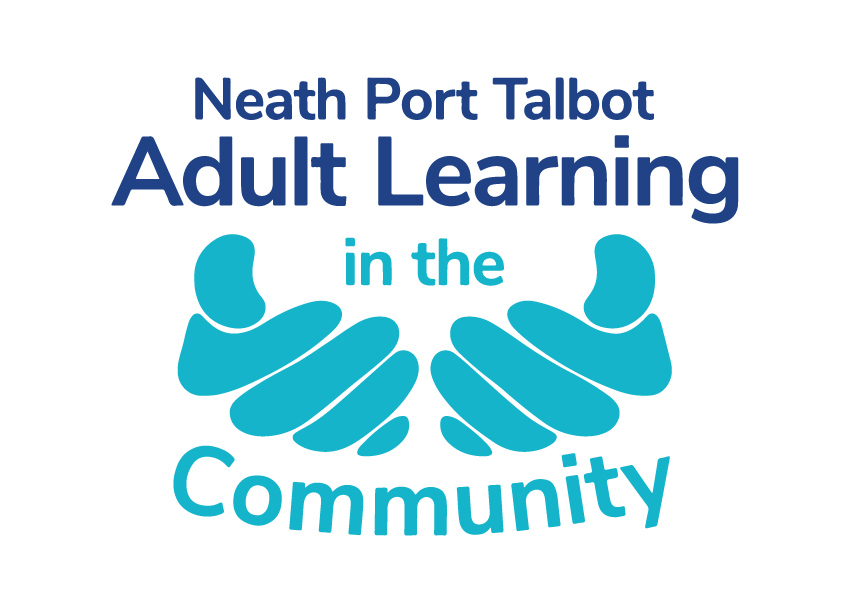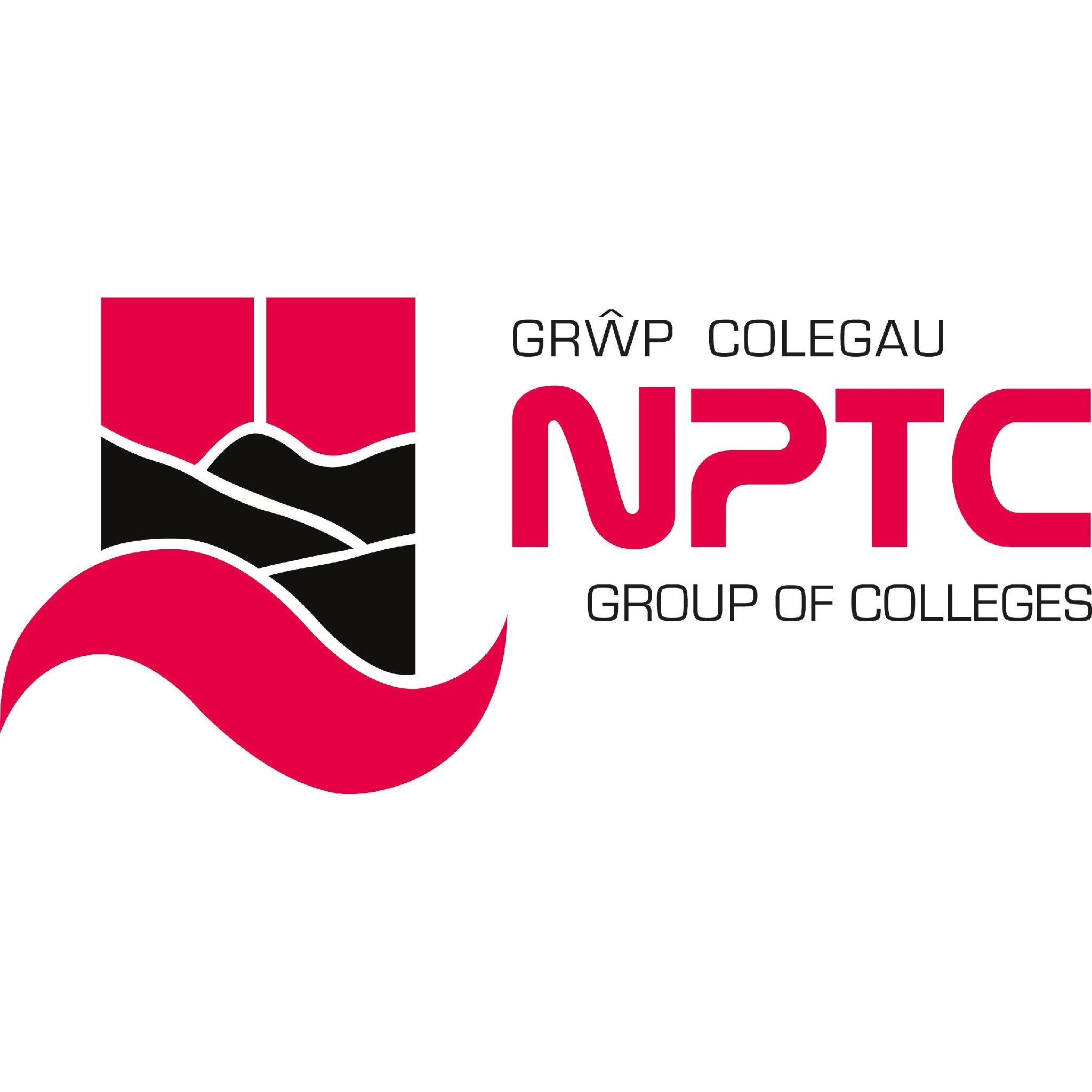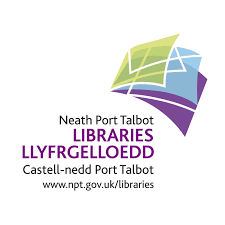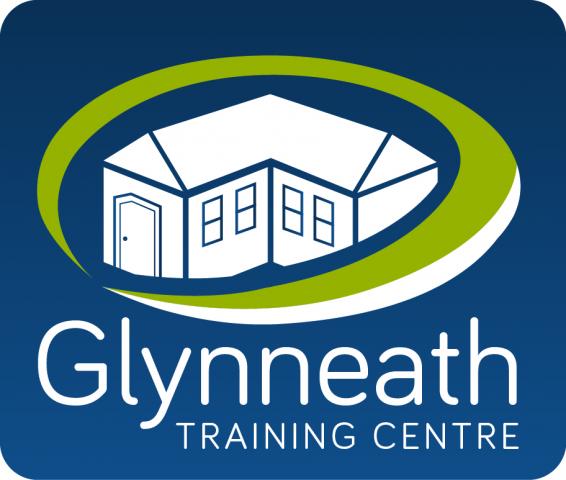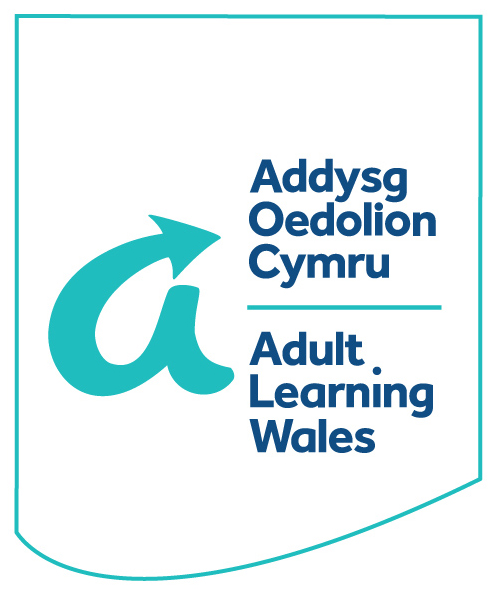
Igniting Creativity: The Wood Art and Pyrography Course at the Dove Workshop, Banwen
Overview
The Wood Art and Pyrography course at the Dove Workshop in Banwen, led by tutor Rhys Clement, provides an engaging introduction to the art of wood burning. This free and informal workshop welcomes adults of all ages and experience levels, creating a relaxed environment where creativity can flourish. No prior artistic skills or freehand drawing abilities are necessary, as participants can trace or copy designs using graphite paper. The course encourages artistic exploration and teaches various techniques to create intricate, burnt designs on different types of wood.
History of Pyrography in Wales
Pyrography has a long tradition in Wales, where woodcraft has played an important role in both artistic and functional craftsmanship. The art of burning designs into wood has been used historically for decorative purposes, particularly in traditional Welsh love spoons and household items. The Wood Art and Pyrography course at the Dove Workshop builds on this rich heritage, allowing learners to connect with a traditional craft while developing their own creative styles.
Course Objectives and Design
The workshop introduces learners to the fundamentals of pyrography, including safety measures, essential techniques, and creative design. It helps participants develop fine motor skills and artistic confidence while providing hands-on experience through guided projects and individual exploration. The curriculum was developed based on fundamental pyrography techniques and progressive skill-building. It was influenced by feedback from previous learners and shaped using the AGORED booklet and curriculum design by Rhys Clement.
Participants engage in practical activities such as transferring and tracing designs onto wood, understanding the effects of different wood grains, experimenting with shading and detailing, and creating their own personalised projects. The course structure includes step-by-step guided projects alongside open-ended creative work. Group discussions and troubleshooting sessions allow learners to refine their techniques and gain confidence in their artistic abilities.
Engagement and Collaboration
Learners are encouraged to design their own projects based on personal interests, fostering creativity and self-expression. The course promotes collaboration through group activities and shared projects, where participants can exchange ideas and techniques. Regular feedback and peer support help build confidence and encourage artistic growth. This inclusive approach ensures that all learners feel supported throughout their journey in pyrography.
Challenges and Solutions
Delivering the course came with some challenges. Managing different skill levels required tailored support and alternative project options to ensure that every participant could progress at their own pace.
Feedback and Impact
Many learners reported increased artistic confidence and a sense of relaxation through the craft. Some expressed an interest in continuing pyrography as a hobby or even starting small businesses. Several participants purchased their own pyrography machines and have since created personalised gifts, home décor, and artwork. Learners appreciated the relaxed and supportive environment, which allowed them to develop new skills without pressure. Many enjoyed the course so much that they returned for further learning.
Most Rewarding Aspects
According to Rhys ‘One of the most rewarding aspects of the course is seeing learners gain confidence and pride in their creations‘. The course also fosters friendships and a sense of community, as participants share ideas, techniques, and encouragement with one another. Watching learners take inspiration from each other and develop their own artistic styles adds to the overall success of the workshop.
Moving Forward
To enhance the course, Rhys Clement aims to introduce more advanced techniques for returning learners. Future plans include offering an exhibition or showcase at the end of the course to celebrate learners’ work. Expanding creative opportunities through themed workshops and community projects is also a priority. These developments will continue to inspire individuals to explore their artistic potential while preserving and promoting traditional crafts.
Conclusion
The Pyrography course at the Dove Workshop provides a welcoming and enriching experience for anyone interested in wood-burning art. Through hands-on practice, expert guidance, and the opportunity to gain a certificate, learners can develop a rewarding new skill. Whether for personal enjoyment or as an introduction to artistic craftsmanship, this course offers a fantastic opportunity to explore creativity in a supportive environment.

